Tips for Managing and Preventing Hair Tangling | |
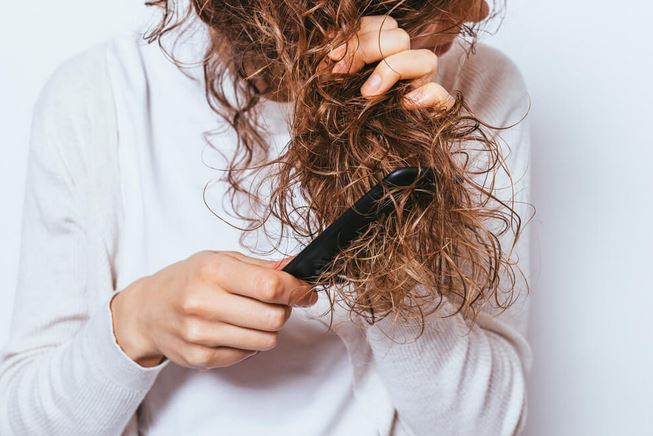
| |
Hair tangling can be frustrating and time-consuming to deal with, especially if you have long or thick hair. It can lead to breakage, hair loss, and a lot of effort spent detangling knots. However, with the right tips and techniques, managing and preventing hair tangling can become a much easier task. In this article, we will explore effective strategies to help you keep your hair tangle-free and manageable. Understanding Hair TanglingHair tangling occurs when individual strands wrap around each other, creating knots and snarls. It can happen due to various factors, including friction, dryness, humidity, and the natural texture of your hair. Tangling is more common in long hair but can affect hair of any length or texture. Proper hair care and a few preventative measures can go a long way in minimizing tangles and keeping your locks smooth and manageable. The Importance of Managing Hair TanglingManaging and preventing hair tangling is crucial for maintaining the health and appearance of your hair. By reducing tangling, you can minimize breakage and hair loss, improve styling ease, and reduce the time and effort spent on detangling. Embracing the right techniques and incorporating them into your hair care routine will lead to healthier, more manageable hair. Tips for Managing and Preventing Hair TanglingLet's explore some valuable tips and techniques to manage and prevent hair tangling: 1. Gentle DetanglingWhen it comes to detangling, patience and gentleness are key. Start by using a wide-toothed comb or a detangling brush to work through your hair. Begin detangling from the ends and work your way up to the roots, gradually removing any knots or tangles. Avoid pulling or yanking at your hair, as this can lead to breakage and further tangling. If needed, apply a leave-in conditioner or detangling spray to provide slip and ease the detangling process. 2. Regular Brushing and CombingBrushing or combing your hair regularly helps prevent tangles from forming in the first place. Aim to brush or comb your hair at least once or twice a day, especially if you have long or easily tangled hair. This practice helps distribute the natural oils from your scalp, reduces matting, and keeps your hair smooth and manageable. Remember to use a wide-toothed comb or a brush with soft bristles to avoid causing damage or breakage. 3. Protective HairstylesWearing protective hairstyles can significantly reduce tangling, especially during activities or periods of extended wear. Braids, buns, or updos can help keep your hair contained and minimize friction, preventing tangles from forming. Opt for loose and gentle hairstyles that don't pull or strain your hair excessively. Additionally, consider using satin or silk hair ties and accessories, as they create less friction and are gentler on your hair. 4. Moisturize and Hydrate Your HairDry hair is more prone to tangling, so maintaining proper moisture and hydration levels is crucial. Use a moisturizing shampoo and conditioner suited for your hair type to keep your strands hydrated and nourished. Additionally, incorporate deep conditioning treatments or hair masks into your routine to provide extra moisture and nourishment. Moisturized hair is more manageable, less likely to tangle, and easier to detangle when necessary. 5. Sleep on a Silk or Satin PillowcaseCotton pillowcases can cause friction and roughen the hair cuticles, leading totangling. Switching to a silk or satin pillowcase can help minimize friction and prevent tangles while you sleep. Silk and satin create a smooth surface for your hair to glide on, reducing the chances of knots and snarls forming overnight. Additionally, tying your hair in a loose braid or bun before bed can further minimize tangling. 6. Avoid Overwashing Your HairOverwashing your hair can strip it of its natural oils, leading to dryness and increased tangling. Instead, aim to wash your hair every two to three days or as needed based on your hair type and lifestyle. On non-wash days, use dry shampoo or refresh your hair with a leave-in conditioner or hair mist to maintain freshness and manageability. 7. Trim RegularlySplit ends and damaged hair are more prone to tangling. Regular trims every 8-12 weeks help remove split ends and keep your hair healthy. By trimming the damaged ends, you prevent tangles from traveling up the hair shaft and reduce the chances of knots forming. Consult with a professional hairstylist to determine the ideal trimming frequency and amount for your hair. Frequently Asked Questions (FAQs)Q1: Can I prevent hair tangling if I have naturally curly or textured hair? A: Yes, you can manage and prevent hair tangling with naturally curly or textured hair. The key is to adopt gentle detangling techniques, use moisturizing and hydrating products, and consider protective hairstyles that minimize friction. Embracing these practices will help maintain the health and manageability of your curly or textured hair. Q2: Can hair tangling lead to hair loss or breakage? A: Yes, severe tangling and aggressive detangling can lead to hair loss and breakage. Tangled hair is more susceptible to damage, and excessive force or pulling can cause the hair to break. By adopting gentle detangling methods and preventative measures, you can minimize the risk of hair loss and breakage. Q3: Are certain hair types more prone to tangling? A: Hair types with more texture, such as curly or coily hair, tend to be more prone to tangling. However, hair tangling can occur in any hair type, including straight or wavy hair. It's essential to adapt your hair care routine to your specific hair type and needs to manage and prevent tangling effectively. Q4: Can using conditioner help prevent hair tangling? A: Yes, using conditioner is crucial for preventing hair tangling. Conditioner helps moisturize and hydrate your hair, making it more manageable and less prone to tangling. Focus on applying conditioner to the mid-lengths and ends of your hair, as these areas are more susceptible to dryness and tangling. Q5: Can I use leave-in conditioners to prevent hair tangling? A: Yes, leave-in conditioners can be beneficial for preventing hair tangling. They provide extra moisture, nourishment, and slip, making detangling easier and reducing the chances of knots and tangles forming. Q6: Can tangling be a sign of an underlying hair health issue? A: In some cases, severe tangling or sudden changes in tangling patterns can be indicative of underlying hair health issues. Factors such as dryness, hormonal imbalances, or certain medical conditions can contribute to tangling. If you experience persistent tangling or significant changes in your hair's behavior, it's advisable to consult a healthcare professional or dermatologist for further evaluation. ConclusionManaging and preventing hair tangling is essential for maintaining healthy, manageable hair. By incorporating the tips mentioned in this article, such as gentle detangling, regular brushing, protective hairstyles, proper hydration, and trimming, youcan effectively minimize tangling and keep your locks smooth and knot-free. Remember to be patient and gentle when detangling, use the right products for your hair type, and adopt preventative measures to reduce friction and dryness. With consistent care and attention, you can enjoy tangle-free hair that is easier to manage and style. | |
| Category: Hair Care | |
| Total comments: 0 | |
 |
| How to create a relaxing self-care routine |
 |
| The Importance of Protecting Your Hair from UV Damage |
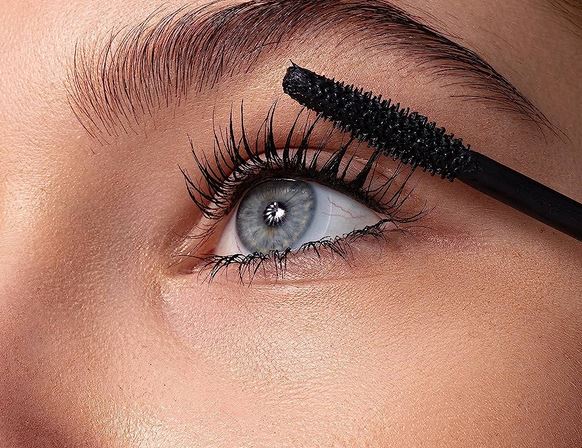 |
| The Secrets to Perfectly Defined Lashes |
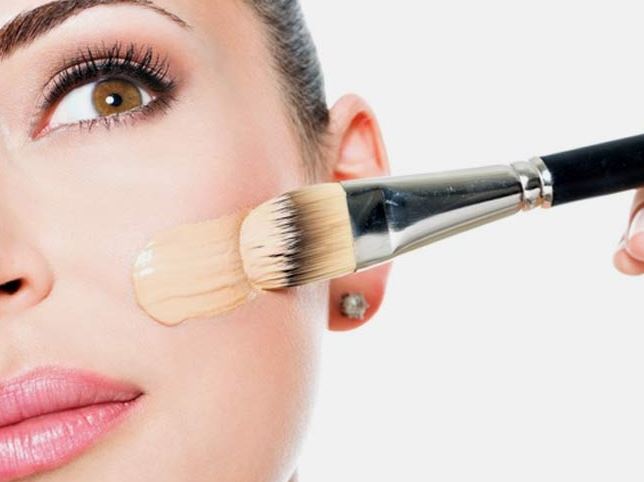 |
| How to achieve a flawless makeup base |
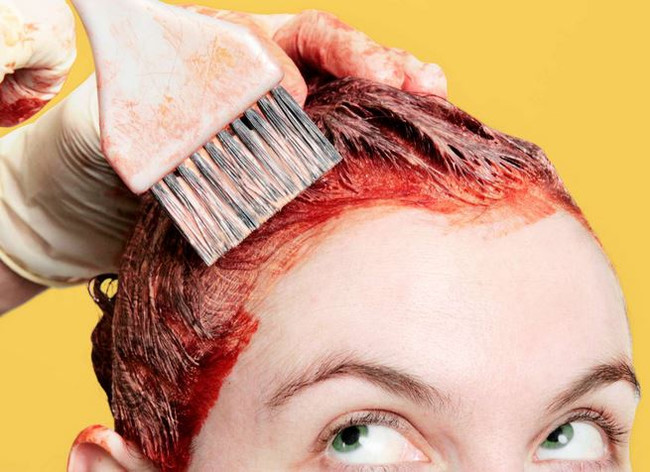 |
| The Best Hair Color Products for At-Home Coloring |
 |
| Cat Couture: Fashionable Accessories for Feline Friends |
 |
| 5 Makeup Tips for Glasses Wearers |
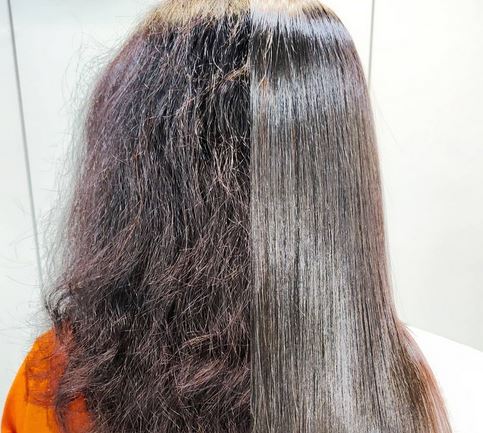 |
| The Secrets to Achieving Silky Smooth Hair |
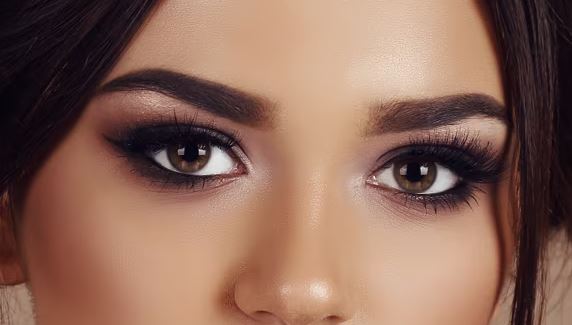 |
| Creating a Dramatic Evening Eye Makeup Look |
